NOAA satellites see our planet from a unique and captivating perspective. Every year, our satellites see the beauty and wrath of Mother Nature unfold beneath them—devastating hurricanes, raging wildfires, erupting volcanoes—as well as the changing seasons, ocean color and nighttime lights. And their scope isn’t just limited to Earth; NOAA satellites can also capture images of our Moon and the Sun as we all spin our way through our place in space.
Below is our list of some of the most compelling images from 2022 as seen from orbit by NOAA’s satellites.
All of the images are available for download and repurposing, with credit to NOAA.

We started off the year with a bang—literally—as the Hunga Tonga–Hunga Haʻapai volcano explosively erupted in mid-January 2022. NOAA’s GOES-17 satellite was watching as the volcano produced the most powerful eruption recorded since the Krakatoa eruption of 1883. NOAA satellites proved crucial again when, later in 2022, another volcano roared back to life in Hawaii (more on that farther down this article).
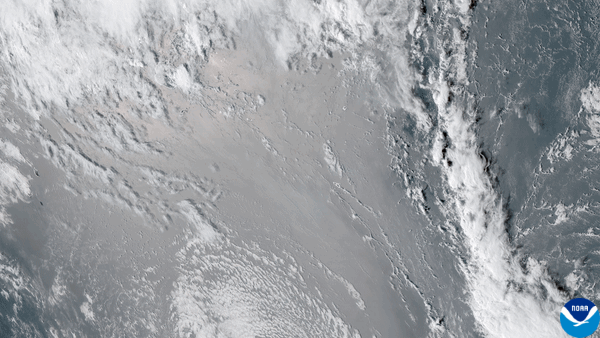

NOAA’s Joint Polar Satellite System (JPSS)—comprised of the NOAA/NASA Suomi NPP, NOAA-20 and NOAA-21 satellites—is the nation’s advanced series of polar-orbiting environmental satellites. Considered the backbone of the global observing system, JPSS satellites circle Earth from pole to pole and cross the equator 14 times daily—providing full global coverage twice a day. They also capture some breathtaking views of our blue planet.
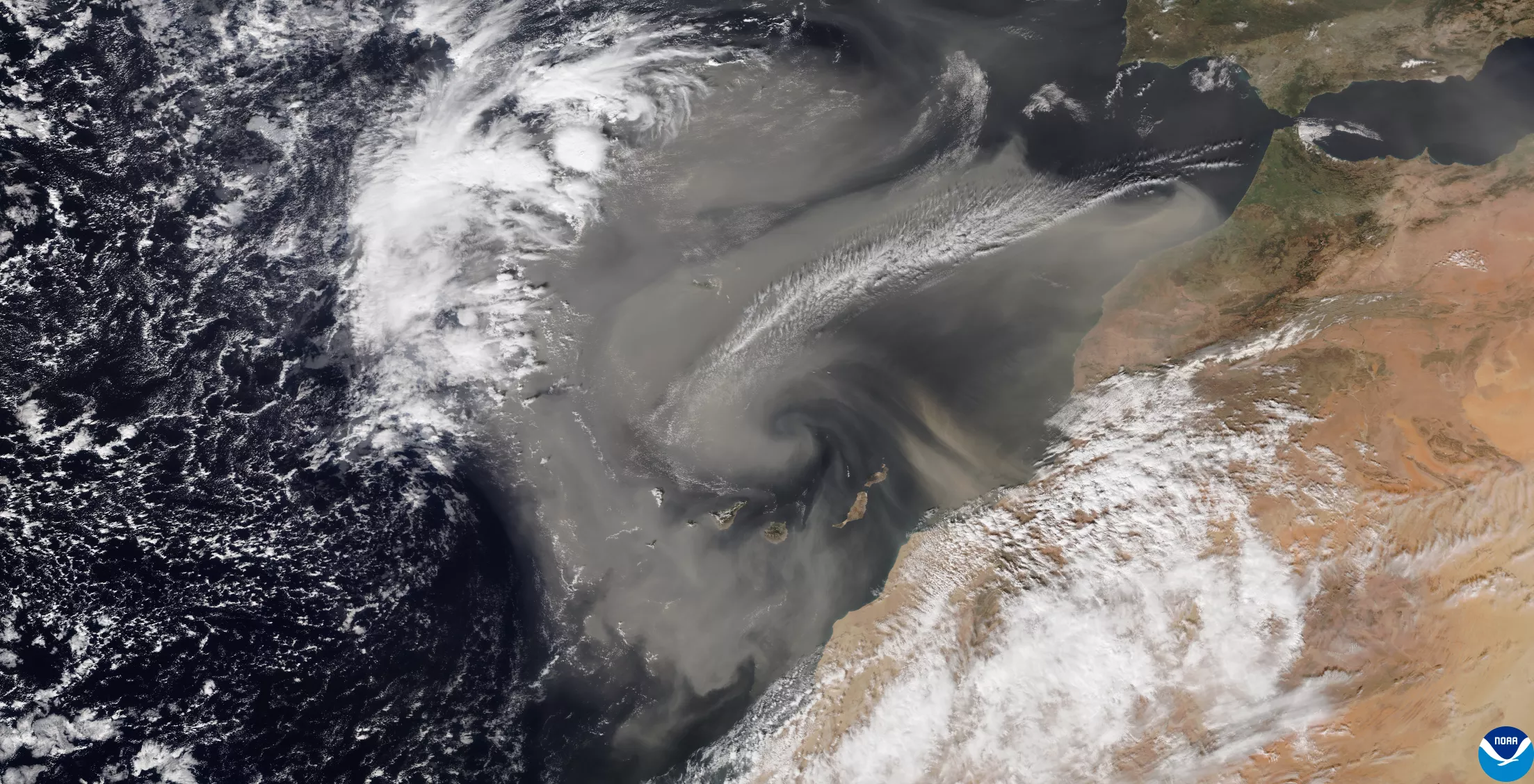
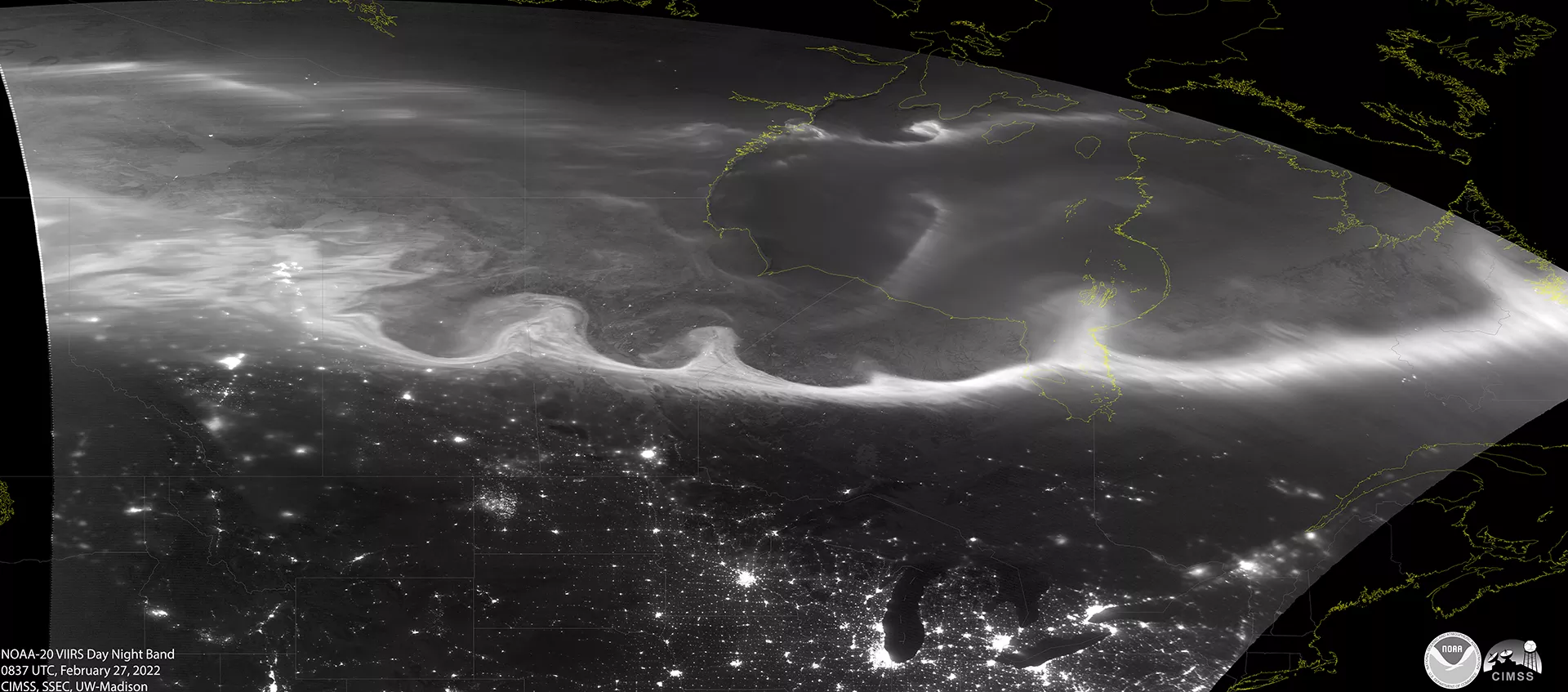
The mighty Great Lakes—sometimes called America’s “Third Coast”—look stunning from space! From about 500 miles above the Earth, the NOAA-20 satellite can tell a lot about the lakes, including areas of lake ice, phytoplankton blooms and water temperatures.
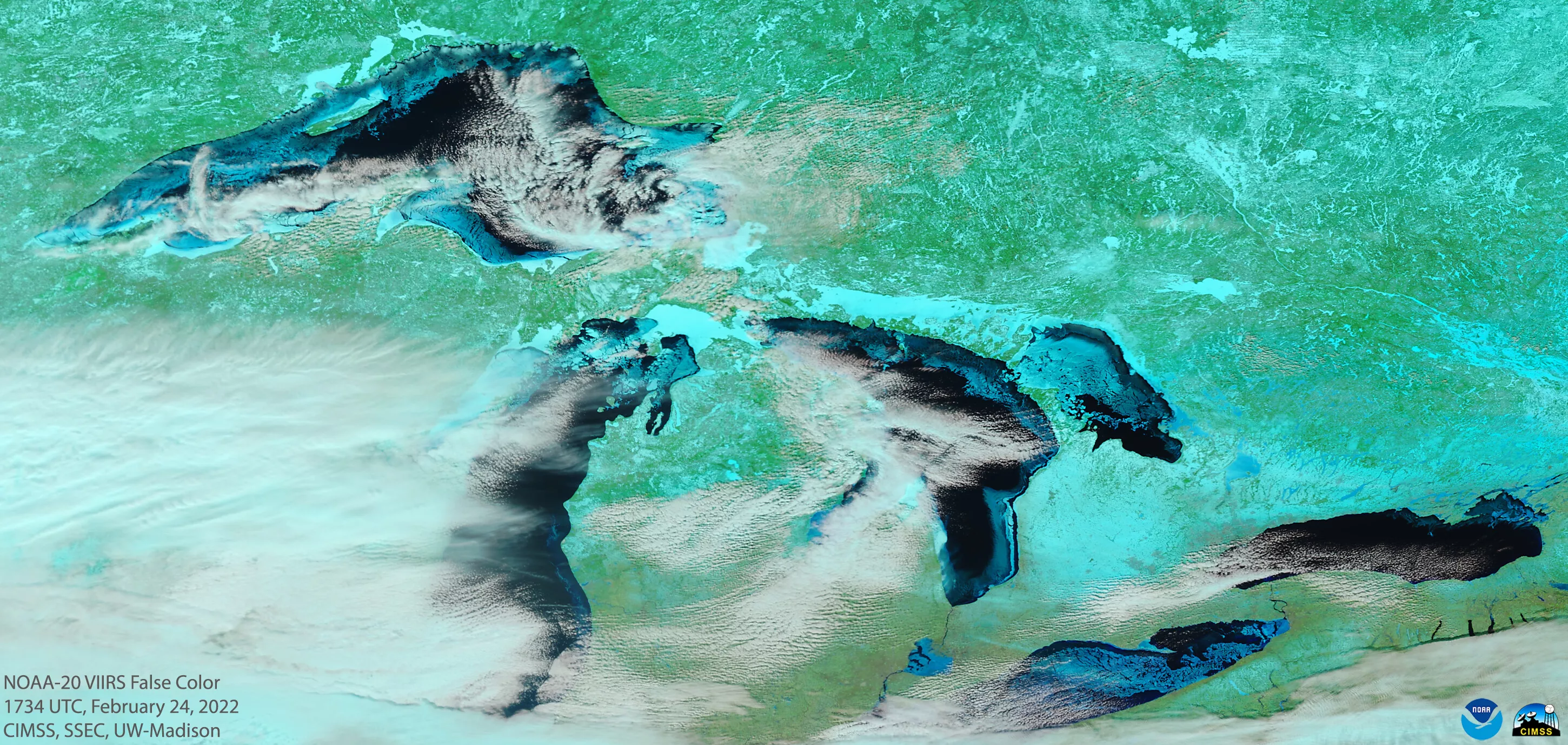
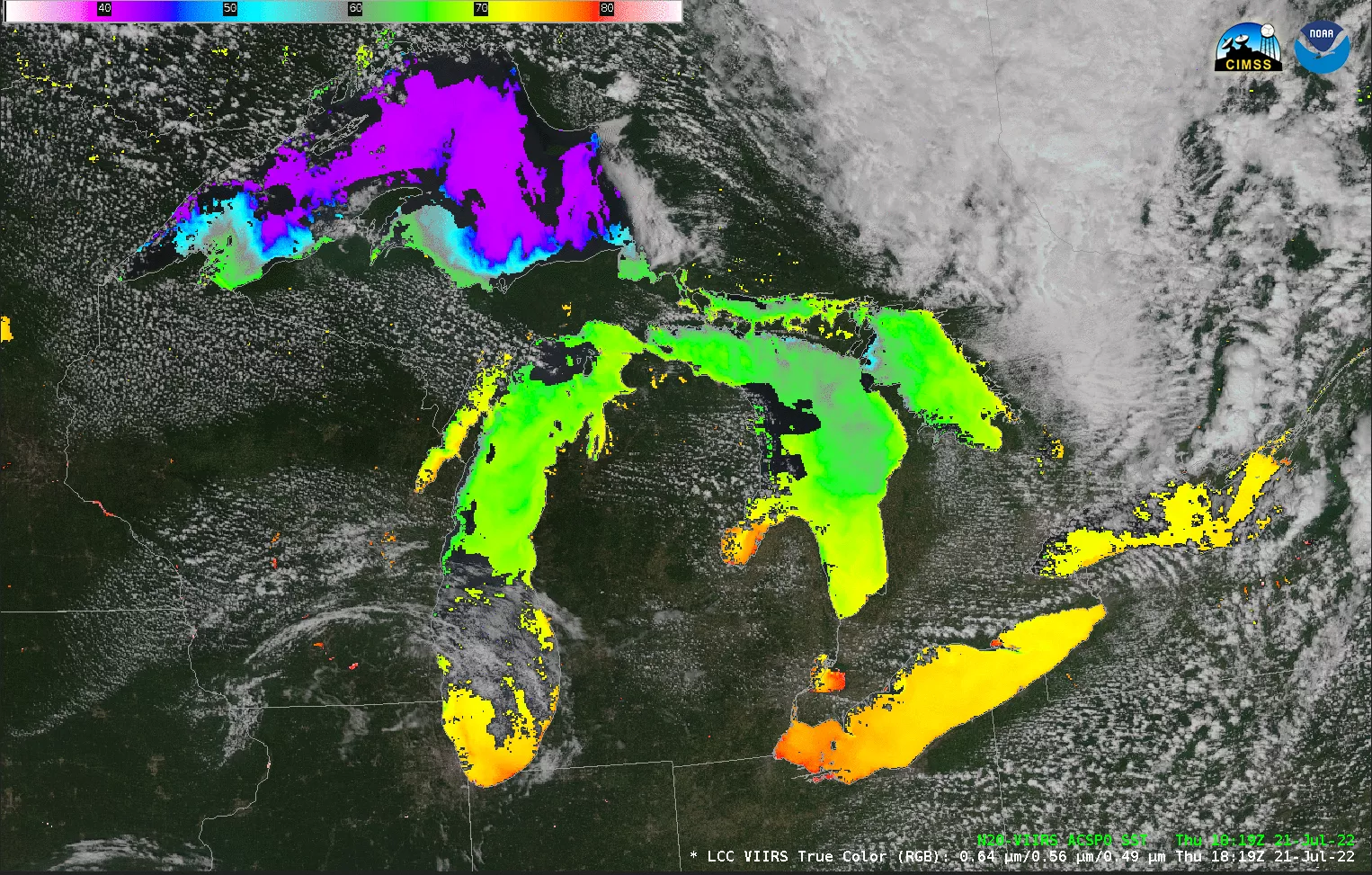
The Solar Ultraviolet Imager (SUVI) instrument onboard NOAA’s GOES satellites provides critical imagery and data about our nearest star. SUVI monitors the Sun in the extreme ultraviolet wavelength range and provides vital information about space weather. It also occasionally captures some fascinating celestial displays.
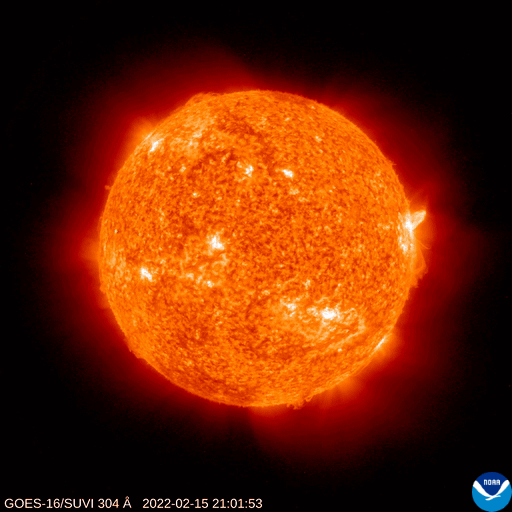
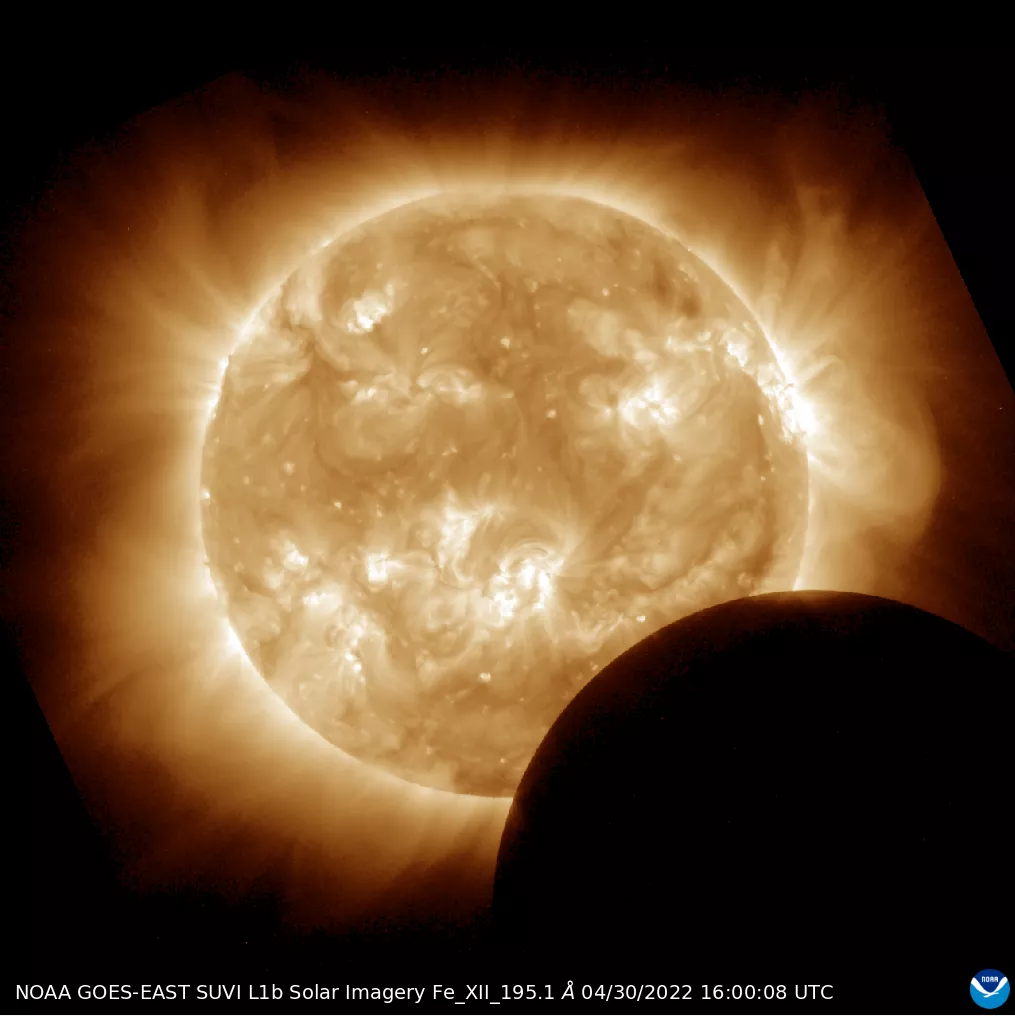
NOAA added two new Earth-observing satellites to its fleet in 2022. On March 1, 2022, the latest GOES satellite—GOES-T—launched from Kennedy Space Force Base. Once in orbit, it was renamed GOES-18 and provided a stunning first-light image of our hemisphere.
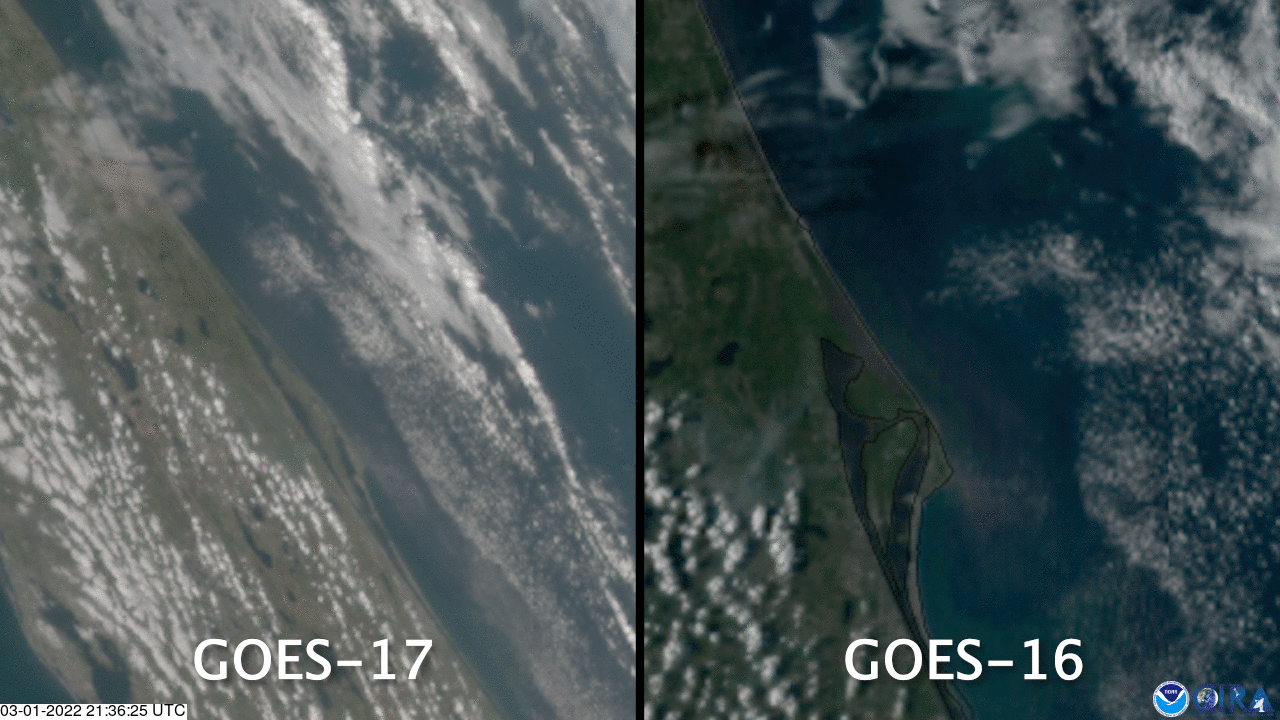
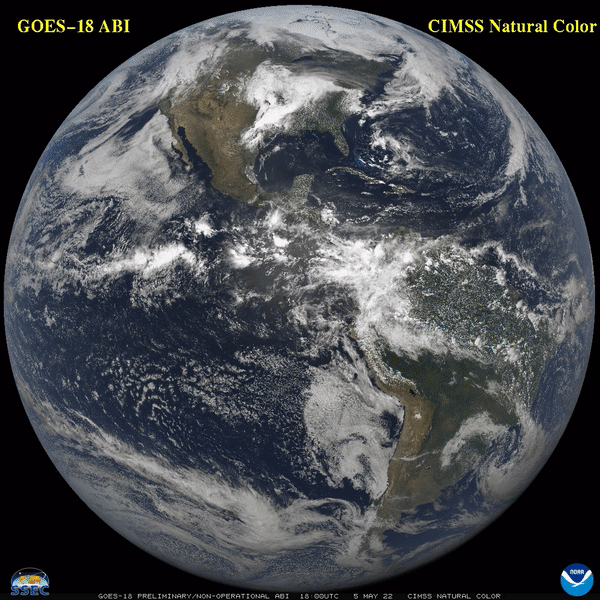
Later in the year, NOAA added another JPSS satellite—JPSS-2—which launched from Vandenberg Space Force Base on November 10, 2022. Once in orbit, it was renamed NOAA-21, and like its fellow JPSS satellites, provided striking first-light images of the weather occurring across the globe.
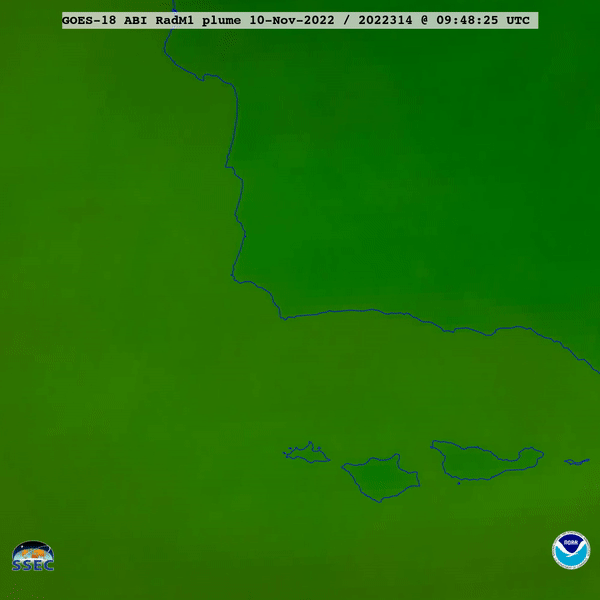
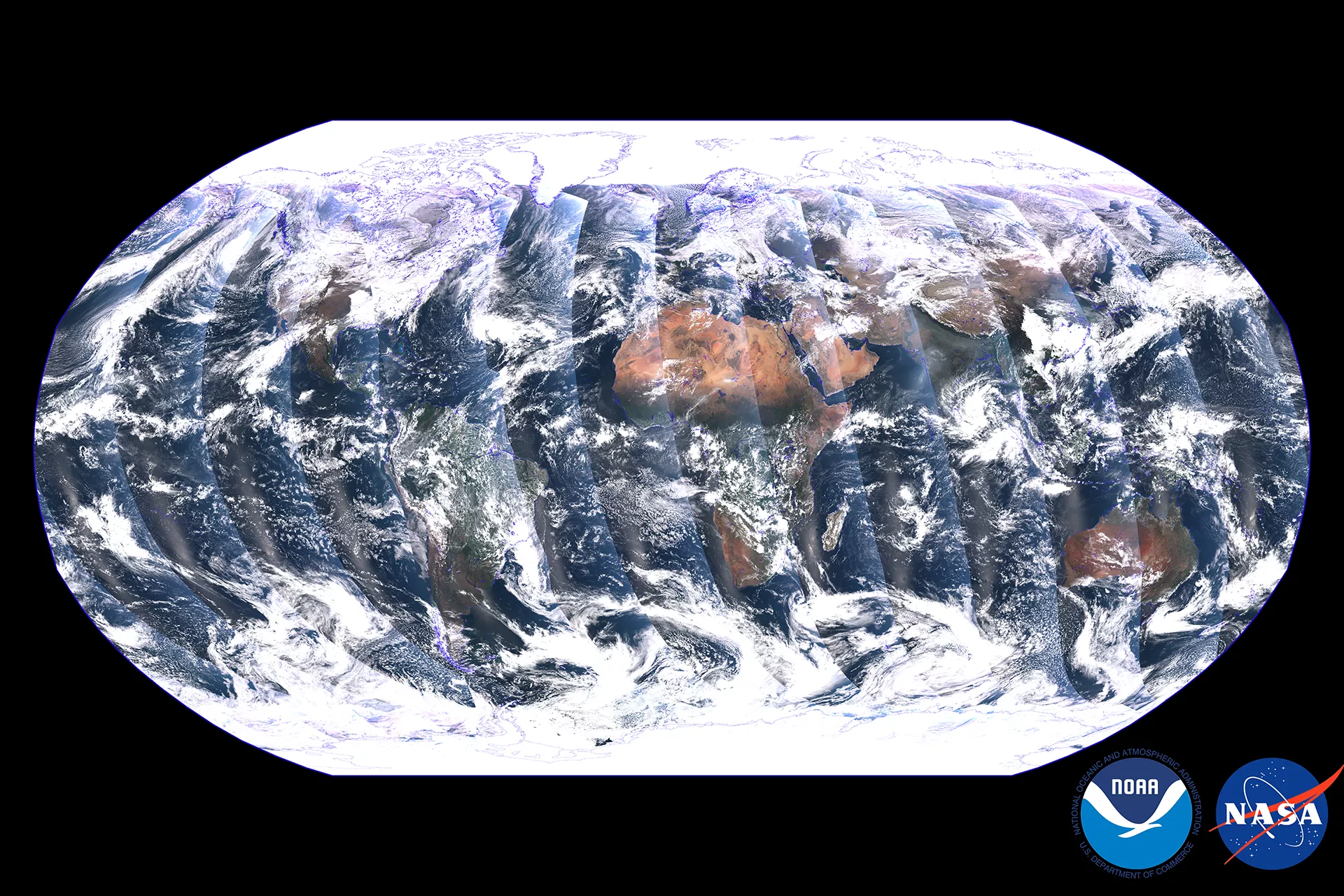
When dangerous dust storms blow across the landscape—called haboobs in some parts of the U.S.— NOAA’s GOES satellites can help forecasters track and monitor their progress in near real-time. Last year, GOES-16 caught several dust storms, including the two seen below in the spring of 2022.
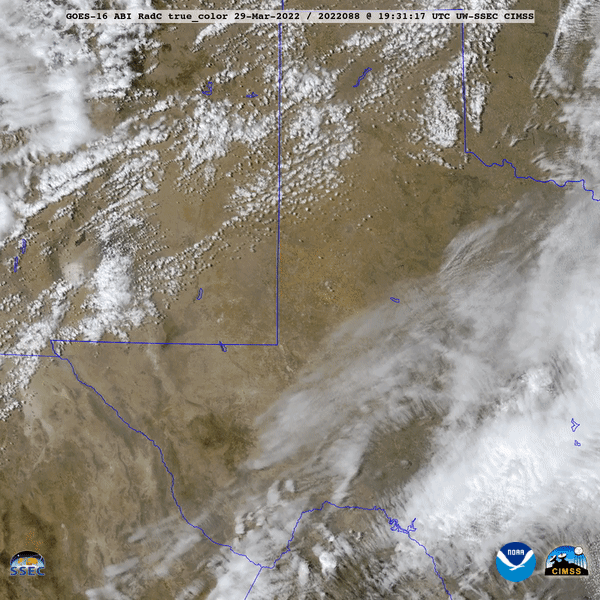
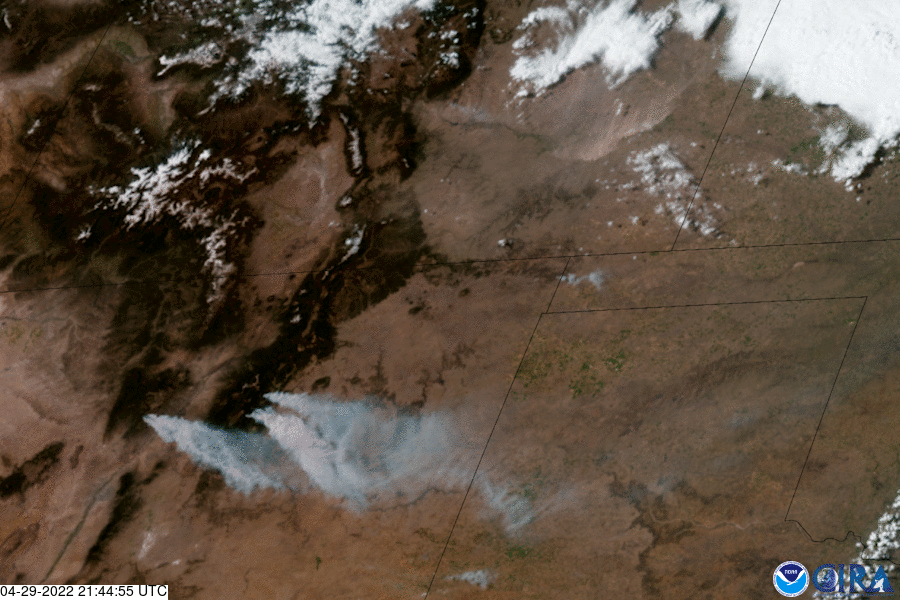
Onboard NOAA’s GOES satellites is an instrument called the Geostationary Lightning Mapper (GLM). The GLM is the first operational lightning mapper flown in geostationary orbit and provides critical information to forecasters, allowing them to focus on developing severe storms before they produce damaging winds, hail or even tornadoes. GLM data can also assist with short-range forecasts of heavy rainfall and flash flooding.
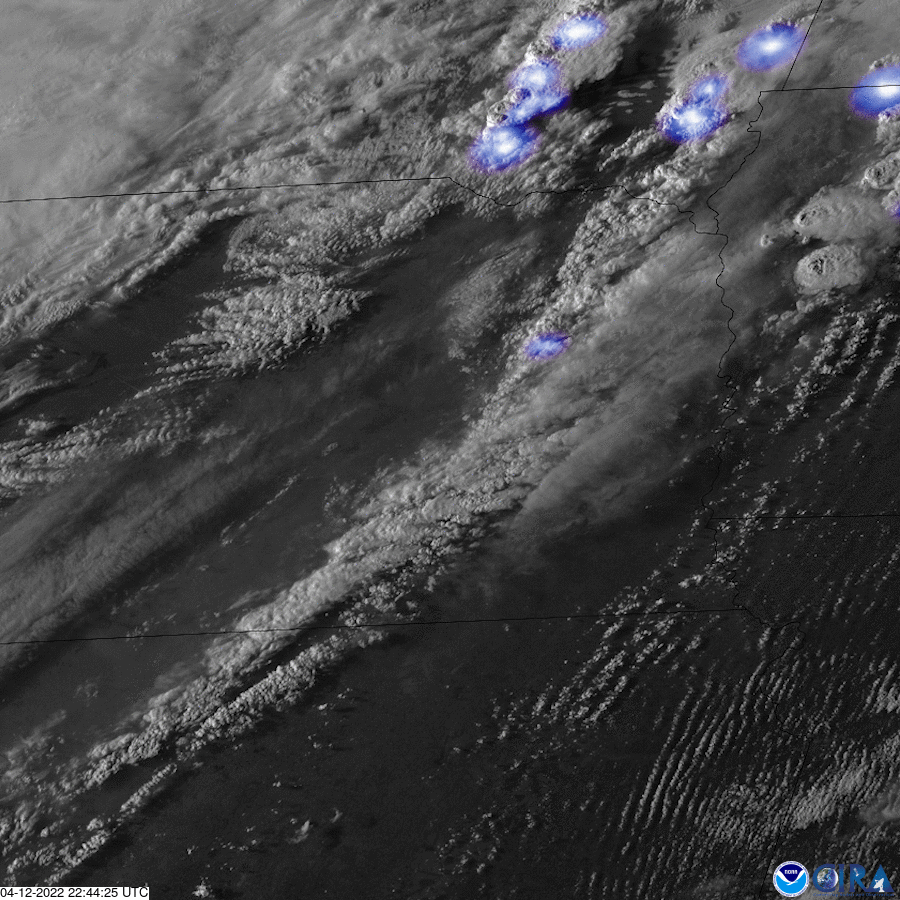

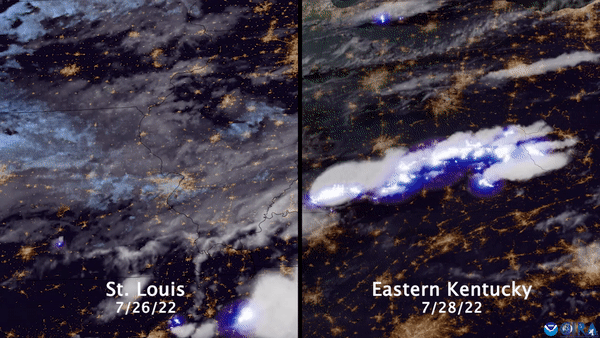
NOAA’s GOES and JPSS satellites provide critical data during wildfires. Not only does satellite imagery allow us to see where smoke plumes from fires are, but it also allows us to track how a fire is growing and moving as well as the temperature at which it’s burning. Satellite imagery also can show us burn scars—areas that have been burned by fire—which is vital information for decision-makers. This satellite assistance was especially important in 2022, when more than 65,000 fires burned over 7.4 million acres across the U.S.
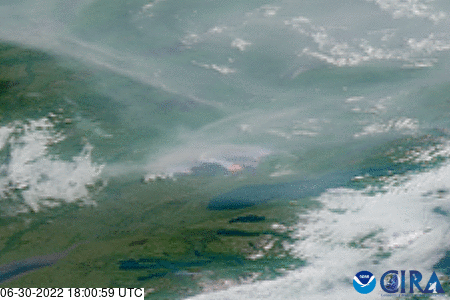
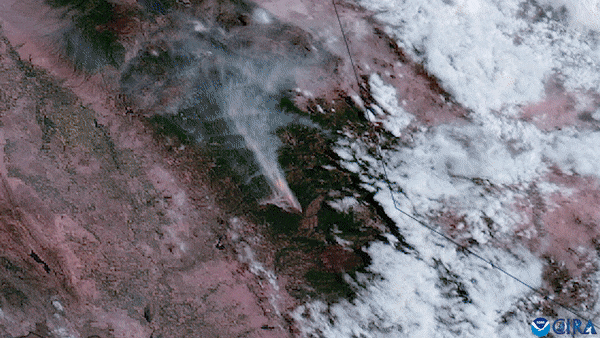
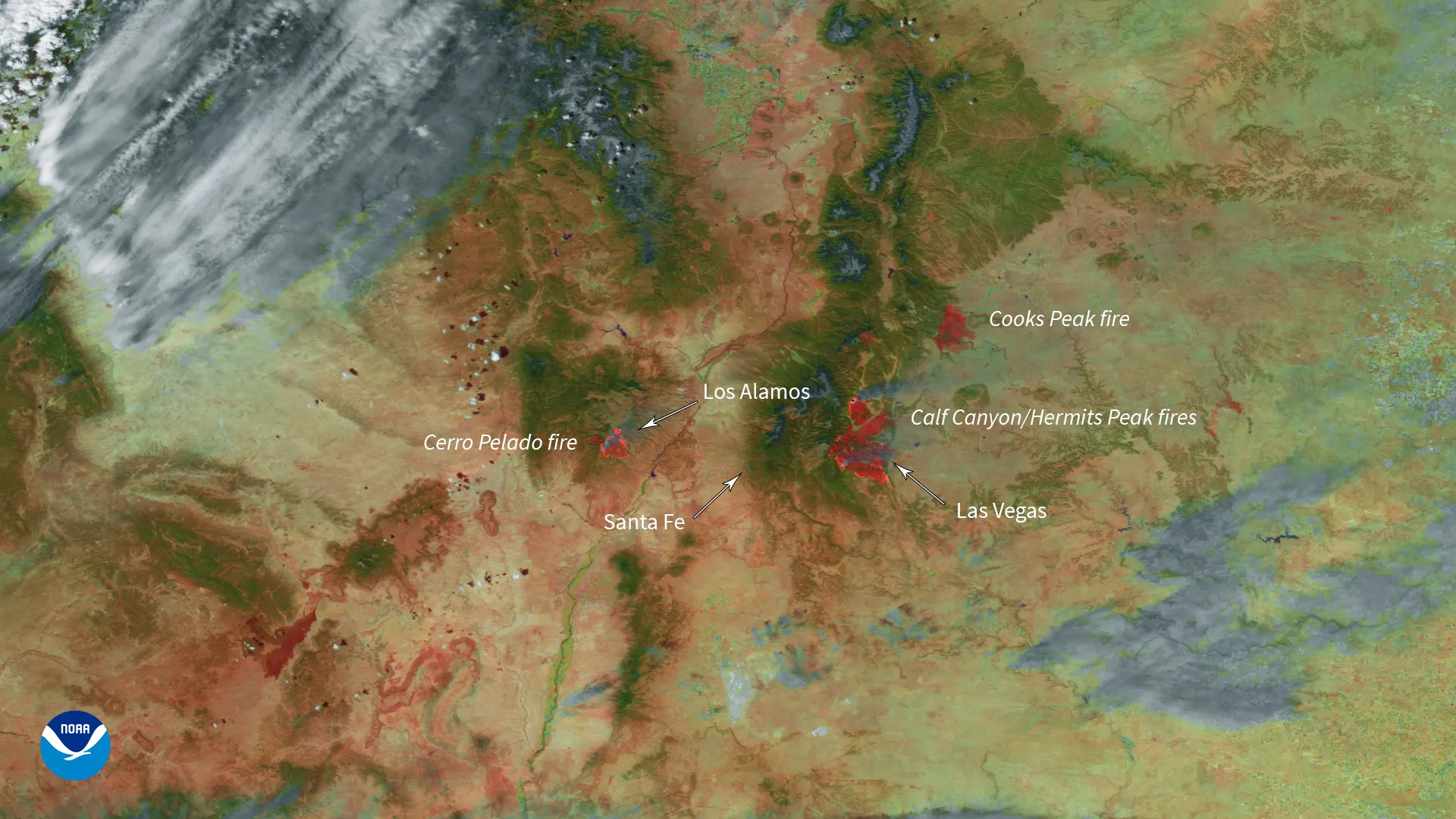
NOAA satellites are invaluable eyes in the sky during hurricane season, providing a critical perspective from above for these destructive storms. GOES-R Series satellites can monitor environmental conditions in high-resolution detail to help identify tropical systems as they’re developing. Once a hurricane forms, the ABI instrument can monitor the storm in near real-time, identify cloud features and patterns, and provide crucial estimates of central pressure and maximum sustained winds. JPSS satellite images taken after storms can help locate power outages and areas of infrastructure damage from space.
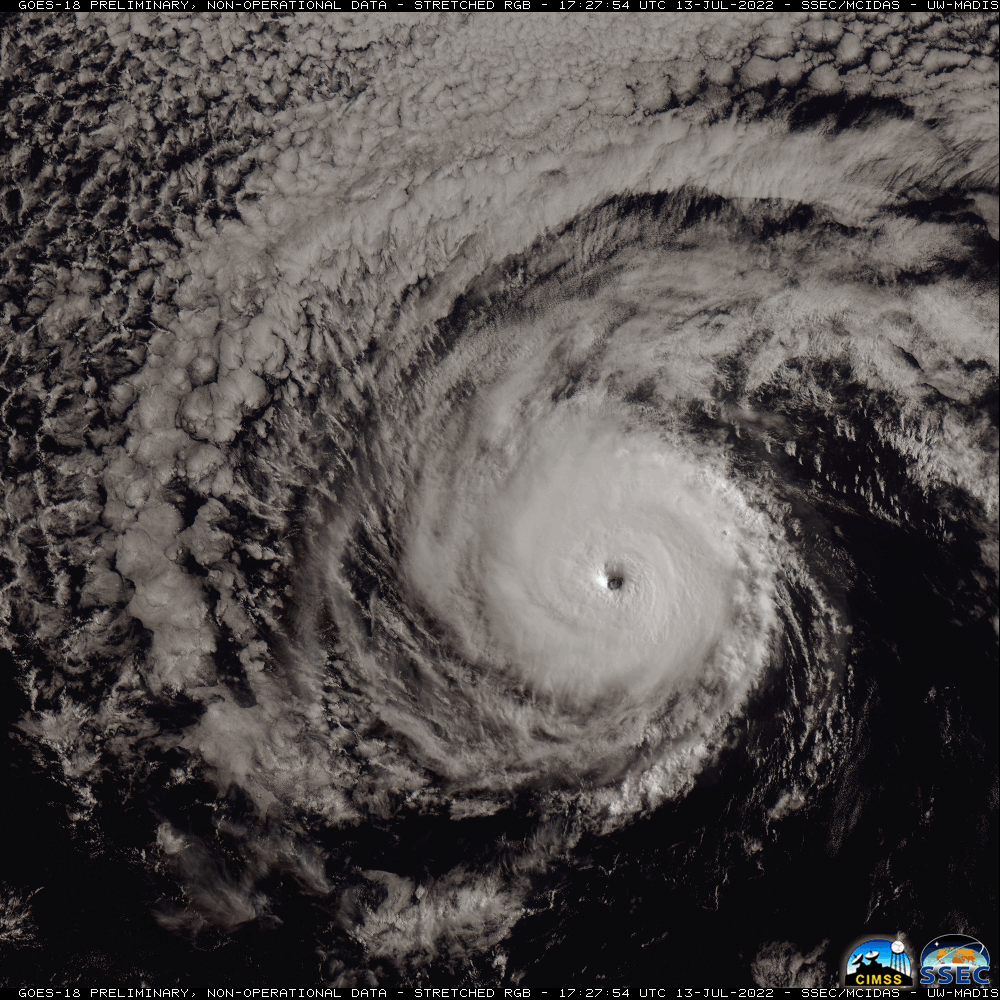
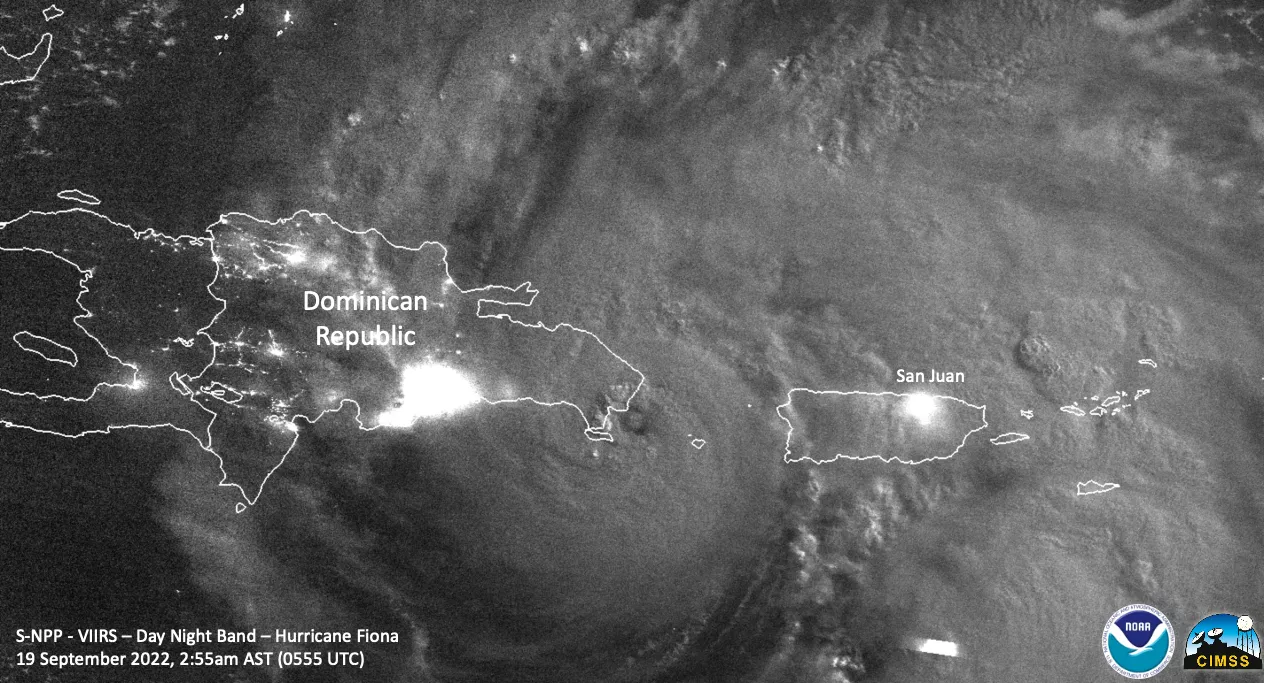
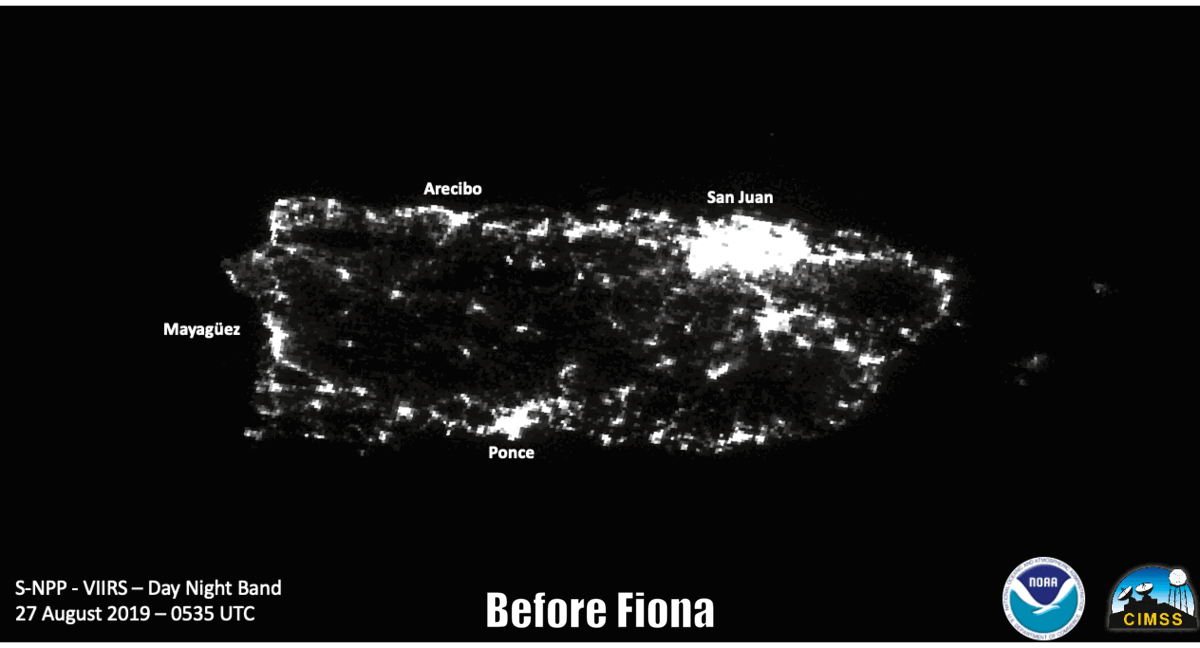
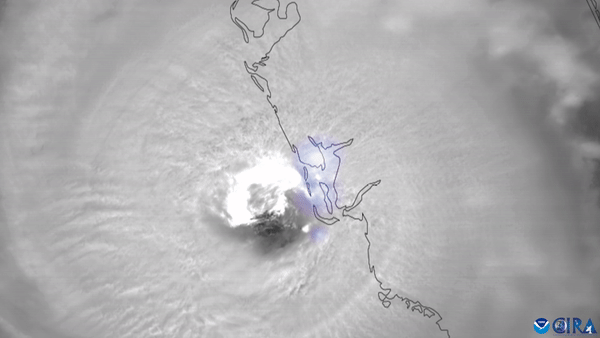
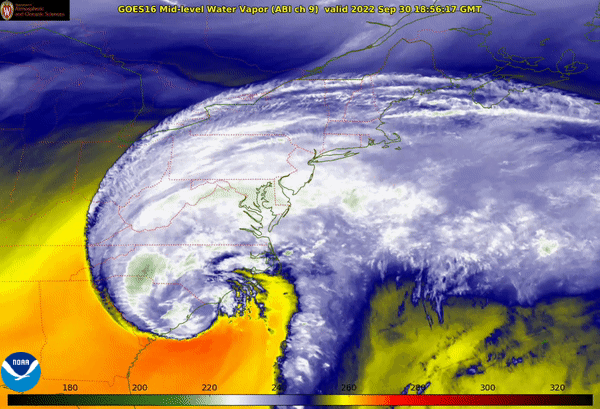
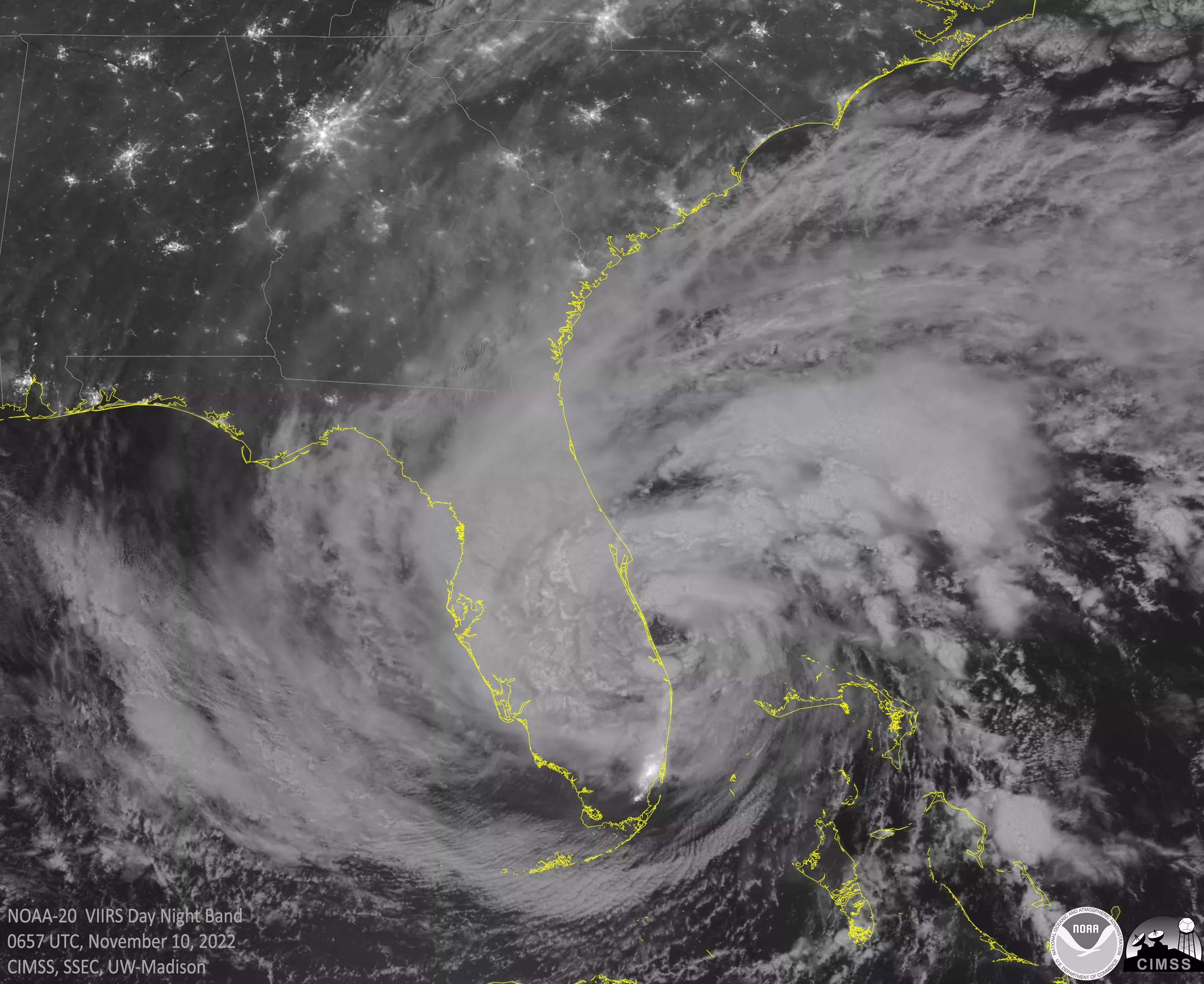
When winter weather threatens the U.S., NOAA satellites can assist forecasters in numerous ways. For example, JPSS satellites can help derive a winter storm’s snowfall rate and can assist in monitoring lake-effect snow squalls during times when ground-based radar is blocked by terrain, or only seeing a portion of a storm. GOES satellites can help monitor the development and movement of a storm—along with detecting the water vapor and temperature within several layers of the atmosphere—which helps weather forecast models better depict how much snow, sleet, or ice could fall.

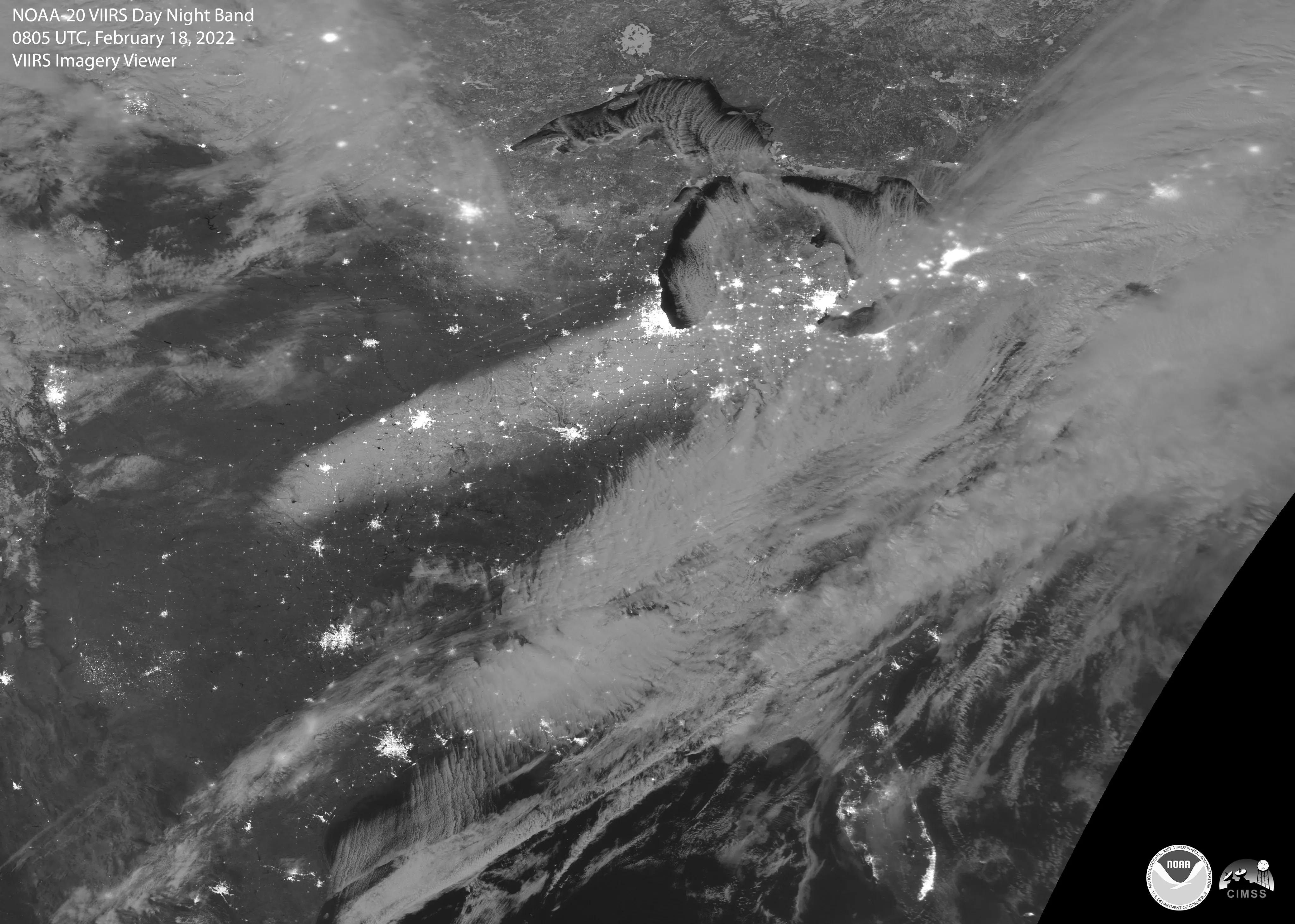
Similar to how we rang in the year, 2022 wound down with another bang—this time from Hawaii’s Mauna Loa volcano, located on Hawaii’s Big Island. The last time Mauna Loa erupted was in March 1984, which marked the beginning of the volcano’s longest period of quiet in recorded history until this year. NOAA satellites are able to detect both the heat and the emissions from volcanic eruptions, which helps forecasters and first responders make potentially life-saving decisions.
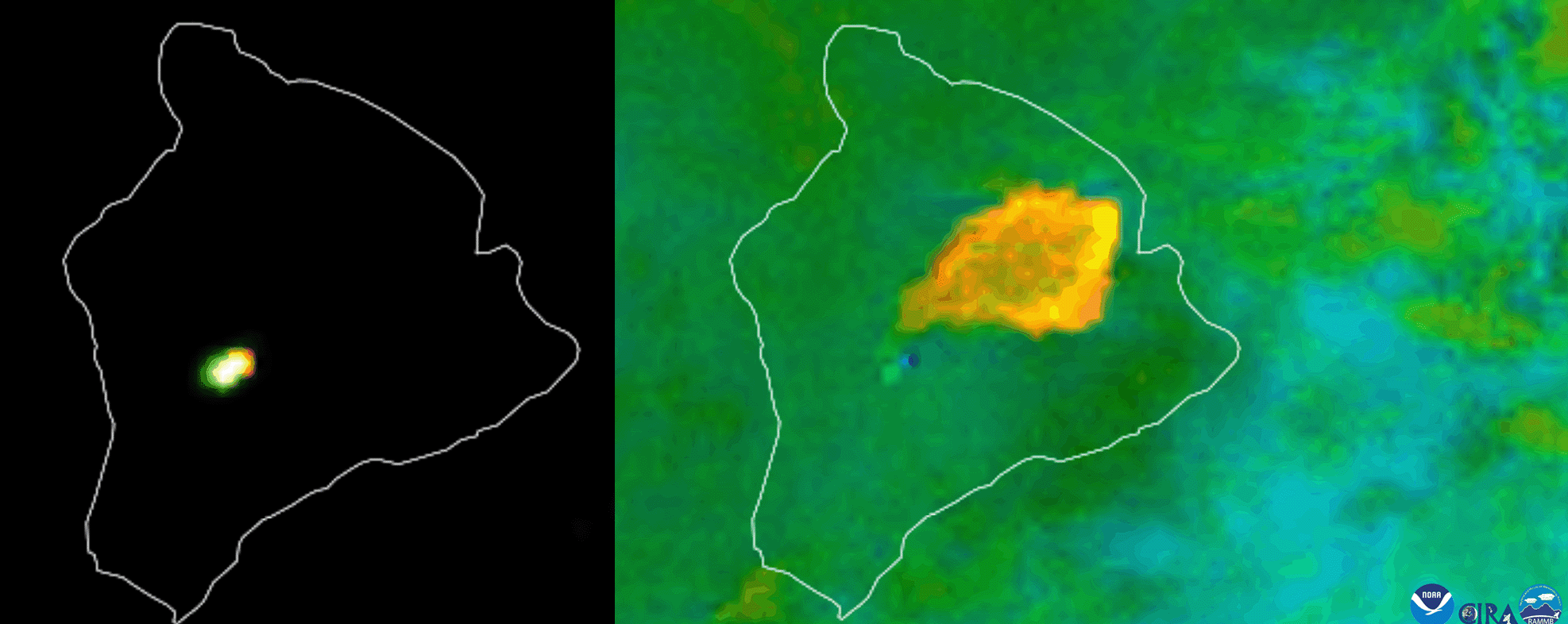
NOAA satellites are another tool that meteorologists can use in their arsenal when forecasting severe weather. Satellites can track the development and intensification of thunderstorms, with multiple visible, infrared and multispectral channels helping measure many aspects of the storms. The National Weather Service’s Storm Prediction Center issued more than 400 severe thunderstorm watches and more than 170 tornado watches across the U.S. in 2022.
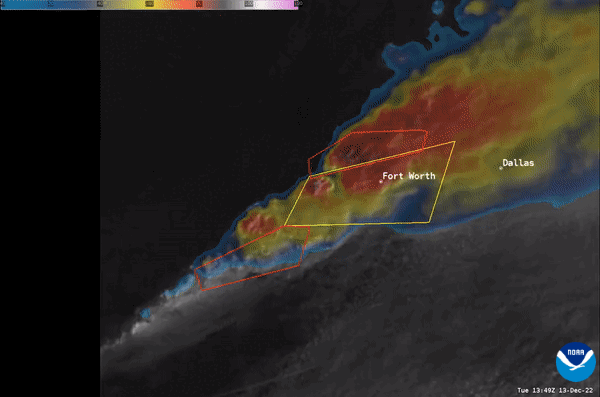
Lastly, we’ll leave you with this year-long time lapse imagery from NOAA’s GOES-16 satellite from December 2021 to December 2022. Notice how the Earth’s tilt creates the seasons as the planet revolves around the Sun, and look closely at the Atlantic basin to see if you can pick out the 2022 Hurricane Season from space!
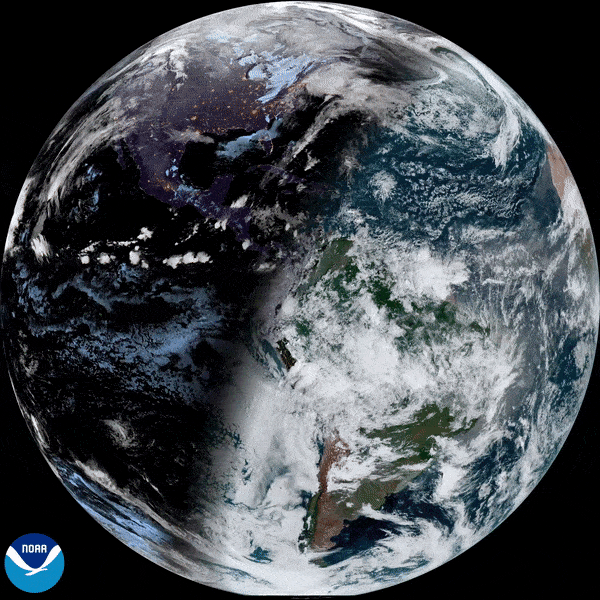
As we head through 2023, NOAA’s Satellite and Information Service will continue to provide secure and timely access to global environmental data and information from satellites and other sources to promote and protect the nation's security, environment, economy, and quality of life… And our satellites will surely continue to provide another year of fascinating imagery of our beautiful, dynamic planet.